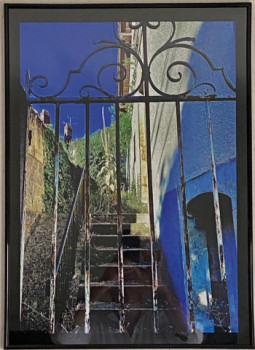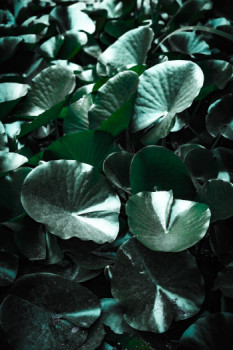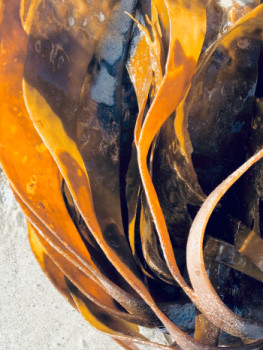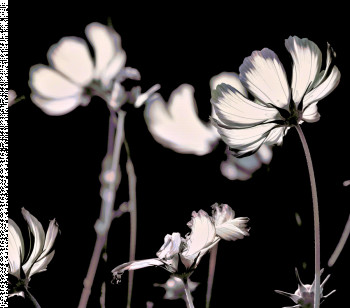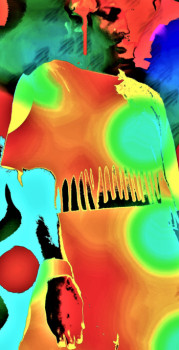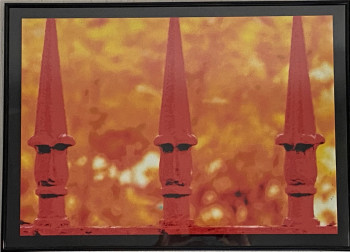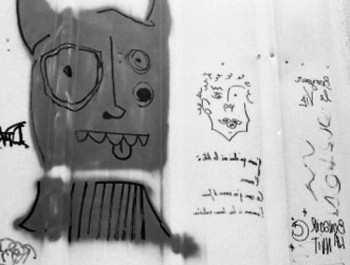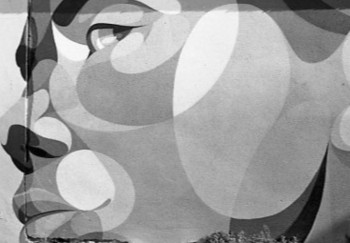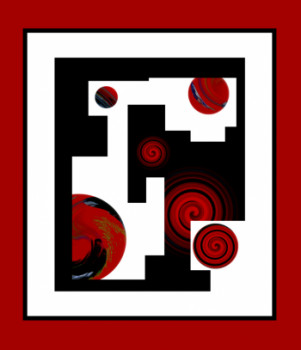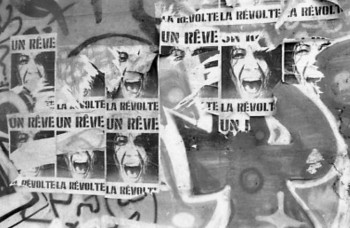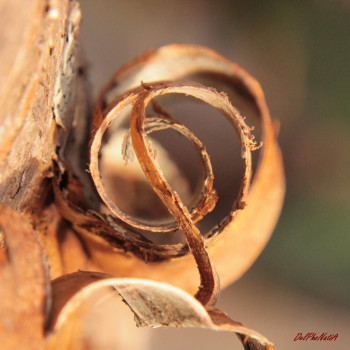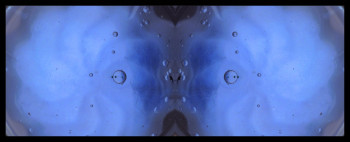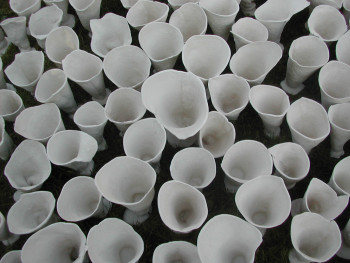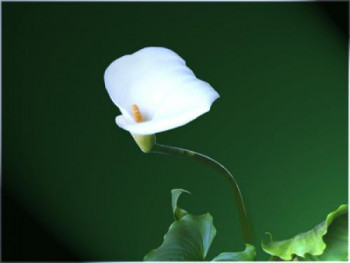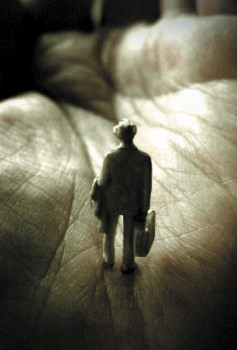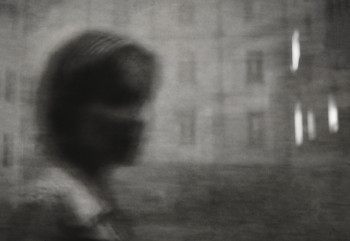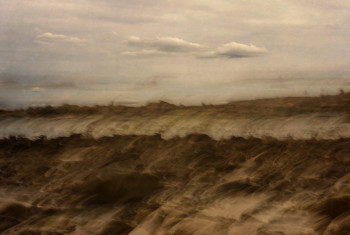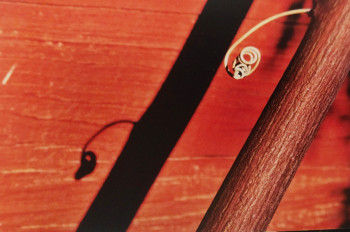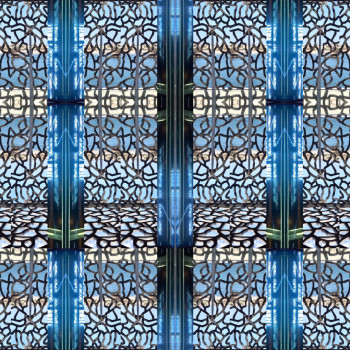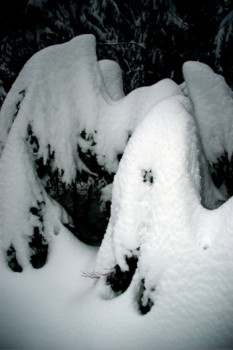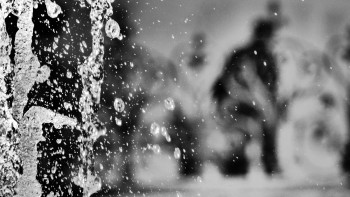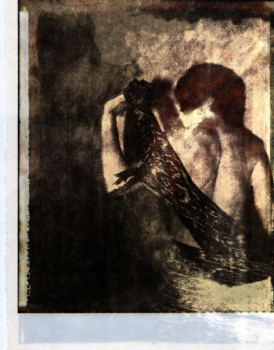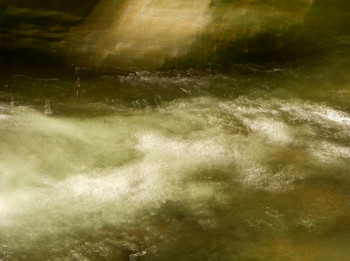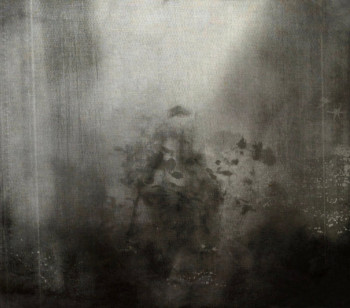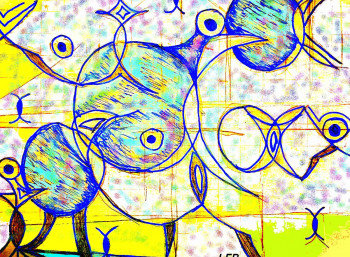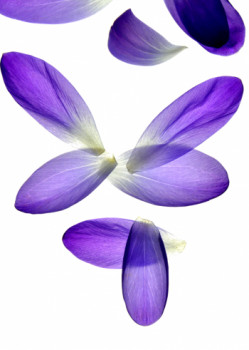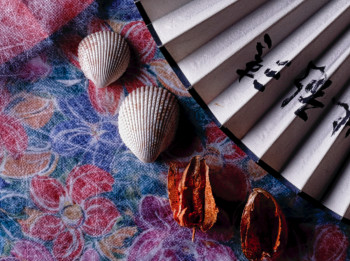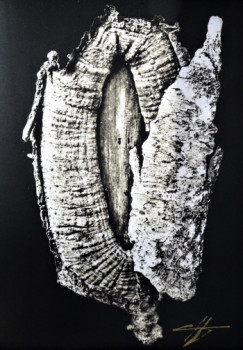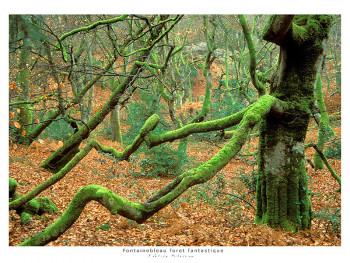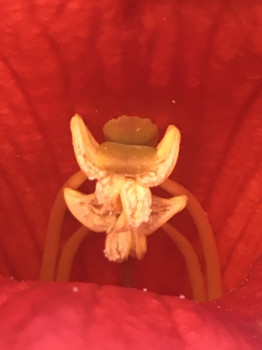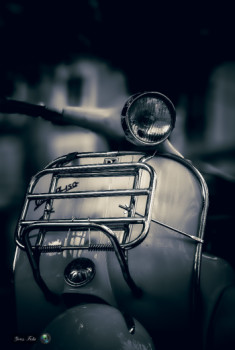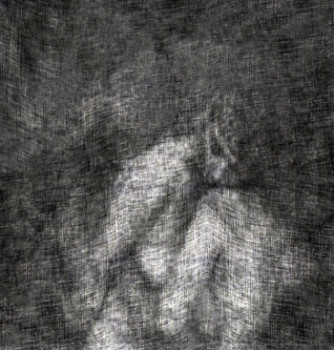
Blossfeldt: plant modeling through photography

Undeniably, Blossfeldt is one of the most famous photographers of the 20th century. He succeeds in produce sophisticated and refined images that have left their mark on the world. a real turning point in the world of photography. Even if he is a man of the 20th century, he is also an avant-garde artist photographer and the majority of them are artists. of his works fits perfectly into the 21st century. These different artistic creations mark a real break with the New Vision both on a theoretical level and on a technical level in relation to the New Vision. his contemporaries.
Progressive artistic recognition
Karl Blossfeldt was born on June 30, 1865 at Schielo and he died on December 9, 1932 in Paris. Berlin. He is a artist photographer of nationality. German and a true symbol of the new objectivity. He is not only known for his inventory of fundamental plant structures and forms. However, his professional career has nothing to do with it. see with photography. It starts at study sculpture at home from 1880 before working in a foundry as a moulder. In order to create these ornaments, he uses a set of tree leaves. But he decided to embark on graphic studies at home. 19 years in a renowned art school. from Berlin.
He discovered a true passion and began a professorial career in this same school from 1890 to 1890. 1897. Subsequently, he joined the collective of plant forms which revolves around the Mediterranean world. He decided to continue his investigations and made numerous trips to the countries of the Mediterranean, notably to Italy before going to North Africa. He recovered many forms of plants that had been destroyed. dried out by the sun. These elements served as a support for molding and drawing them.
It defines its own style with clean photographs, automatically capturing attention. Quickly, he succeeded in acquire real artistic recognition in particular with the publication of two major works, know « the original forms of art » and « the wonderful garden of nature ». The first work is published in 1928 while the second in 1932. Blossfeldt insists on the plastic precision and the artistic character of these different photographs. From his first creations, the photographer does not hesitate to take on new ideas. He resorts to the medium, because he considers it as an educational tool. This allows him to express all his creativity. in the service of a theory that he founded around sculpture, ornament and the Decorative Arts, in general.
ÉGiven that he exercises his profession as a professor at At the School of Decorative Arts in Berlin, he can introduce a course in model making, admitting that all forms are already there. present in nature. We must therefore draw inspiration from these harmonious elements using seeds, plants, flowers, stems or even bushes.
Nature as a creative medium
Blossfeldt systematically uses perishable elements from nature. Consequently, these materials undergo alterations over time. Thanks to photography, he is therefore able to modernize them and he presents his different compositions to the public. its students. For this, the photographs are presented in the form of slides measuring 200 x 300 millimeters. Once again, Blossfeldt distinguishes himself from other photographers by using simple equipment, which he developed himself. with his hands. In addition, it uses a glass plate using orthochromatic emulsion technology, which is considered heresy by many photographers because it is a cheap material. . Although these photographs are distinct, they are systematically based on the same principle. The plants are presented in front of a white or gray background. This is reminiscent of the different illustrations in medieval books from the 18th century.
But Blossfeldt adds his own personal touch by holding the elements in an unnatural position. The idea is then to use an element of nature with an unconventional angle. Although it is a photographic manipulation, this does not call into question its theoretical postulate, but rather to assert it by highlighting shapes and volume in a more effective way. For him, the educational goal remains essential by moving towards the simplification of forms and the emphasis on texture.
The beginning of recognition
These very particular images were first spotted by a gallery owner, Karl Nierendorf. He is a specialist in constructivism and the Blossfeldt movement. For him, the photographs of Blossfeldt are obvious and a true sign of modernity. He therefore decides to publish his photographs in Paris. through numerous exhibitions and numerous publications.
Recognition is then immediate, because as soon as a work dealing with photography is published, the name of Blossfeldt remains systematically evoked in and this would not change until the 1950s. Consequently, his work had a considerable influence on future artists, both in the field of photography that in a general way in the art.
Blossfeldt published more than 6000 creations, each more astonishing than the last. Systematically his will The creative spirit is emphasized by creating a bridge between nature and ’art. Blossfeldt is also characterized by a direct approach in the form of a poetic interpretation between nature and art.
Today, many institutes, museums and foundations have decided to to preserve his work. You can therefore admire a good number of his creations in the Museum of Modern Art in New York, in New York. university of the arts of Berlin, Munich at the Pinakothek der Moderne or at the Ann and Jurgen Wilde Foundation at Cologne. In addition, numerous exhibitions are still dedicated to him, particularly in Europe.
Découvrez quelques oeuvres inspirées de Blossfeldt

